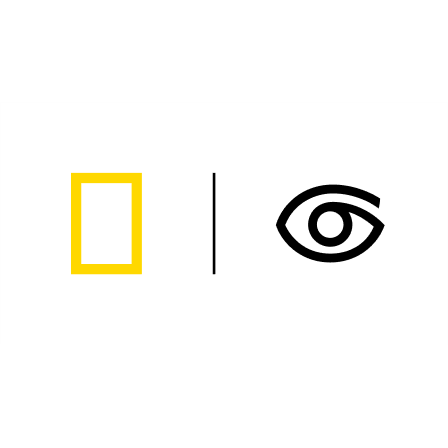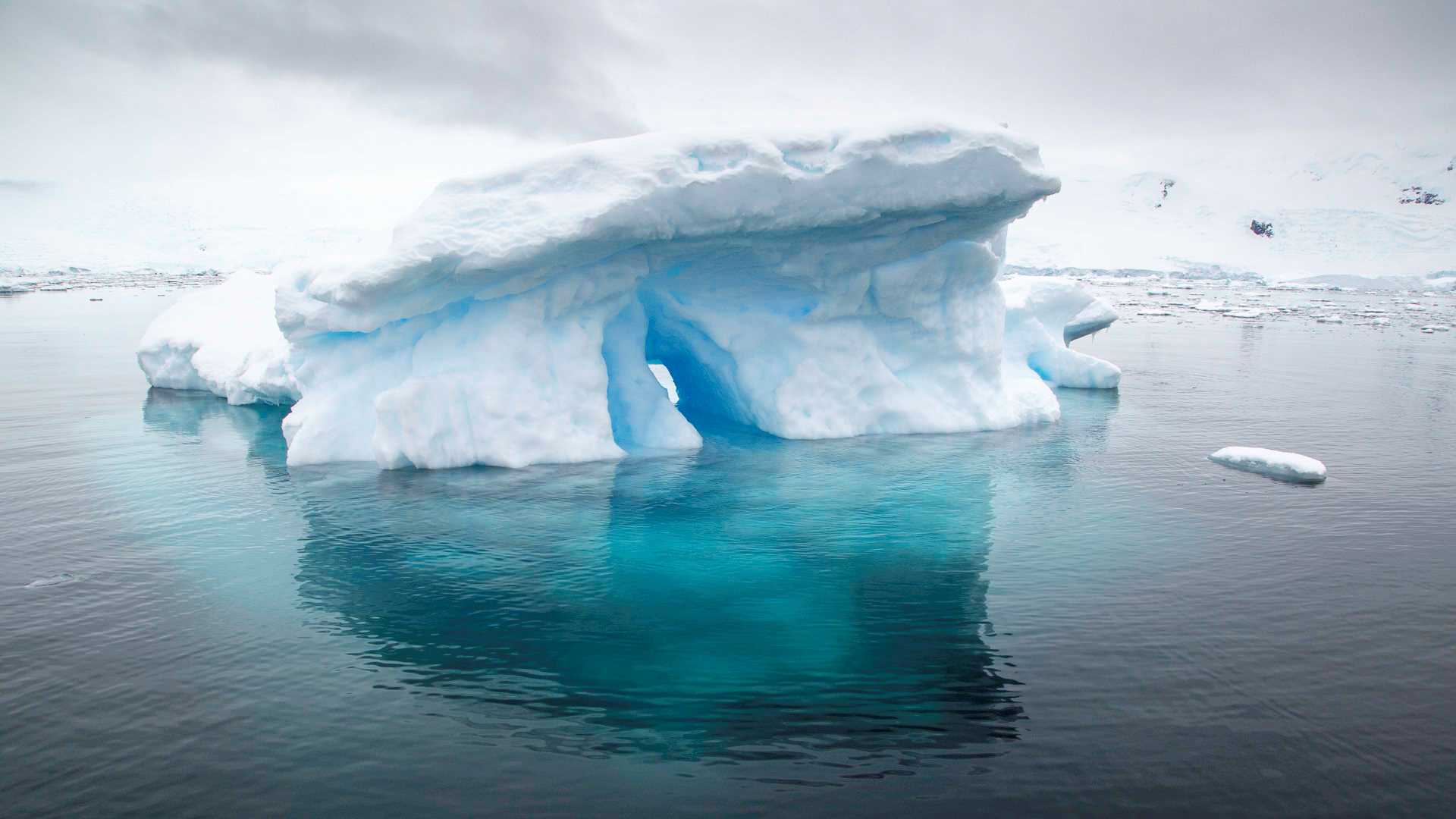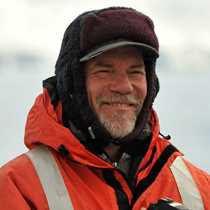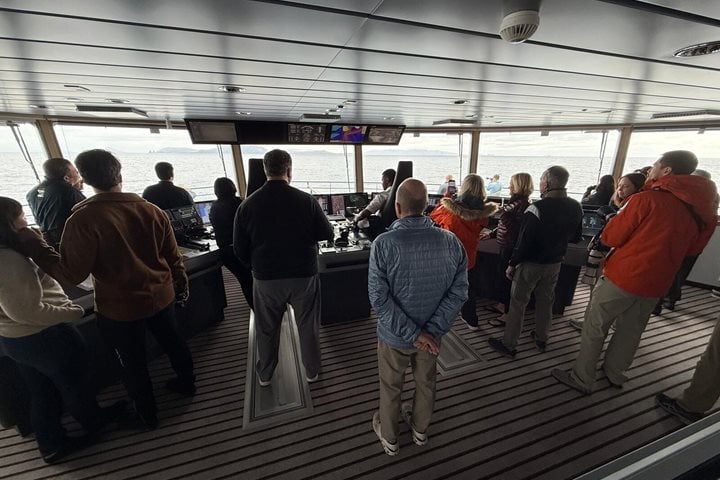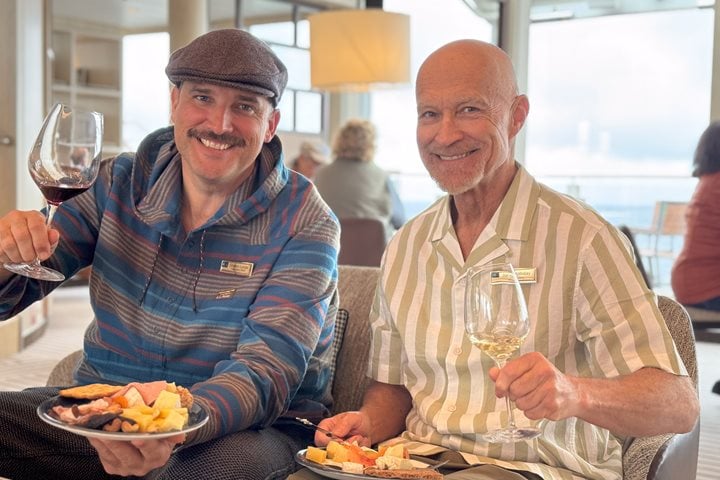Antarctica is often called The White Continent, and that’s hard to argue with. Beautiful white snow cloaks glaciers tumbling down the steep shoulders of the mountains that seem to spring up out of the sea. The pack ice, the frozen ocean, is often a very pure, clean white. But this simple statement obscures the subtle reality. Antarctica is rich in color, everywhere you look. The dark black-blue-green of the sea itself. The cobalt sky that appears between the breaking storm clouds. The pink and rose and glowing orange of the sunsets. And the blue of the ice. It is ice that truly defines Antarctica, and its blue radiance is the most beautiful color I have ever seen, anywhere in the world.
Call +1.800.397.3348 or contact your travel advisor
